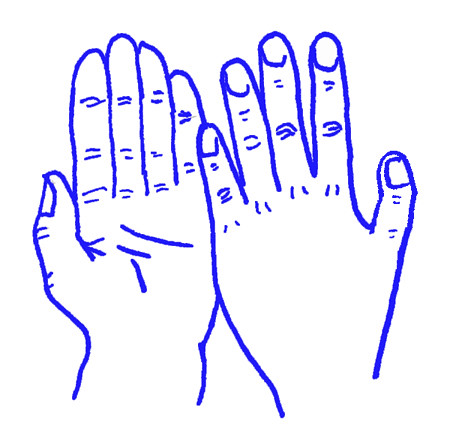In O’Reilly’s “What is Web 2.0,” there were a lot of metaphors that I really enjoyed, like:
“Much like a phone call, which happens not just on the phones at either end of the call, but on the network in between, Google happens in the space between browser and search engine and destination content server, as an enabler or middleman between the user and his or her online experience.”
Though I sometimes feel the gaze of big brother, I often forget what life was like before google. Oh the days of the super cool AOL kidZone and faint memories of school computers using netscape by default.
I think the major portion of this article that I agreed with is the idea of that users can be content providers, servers, co-developers and system administrators. I think this is what defines Web2.0. Maybe in web3.0 we can place annoying restrictions on how companies use the content that we created with their applications that we co-developed.
One point I found a bit odd was the statement that “You can almost make the case that if a site or product relies on advertising to get the word out, it isn’t Web 2.0.” So because google buys youtube and places google video ads on youtube videos they aren’t web2.0? I guess technically they didn’t have to pay to advertise themselves… and I generally find out about cool new google services through other people blogging about how cool they are…Also, because, let’s use, facebook doesn’t have to advertise that they completely changed the way facebook works without asking anyone, simply by forcing new changes on its users, does that make them web2.0?
Bryan Alexander and Alan Levine’s “Web 2.0 Storytelling: The Emergence of a New Genre”, way to use a first paragraph that terrified me and made me dread reading the rest of the work BEFORE realizing that it was a joke and wasn’t written by one of my middle school English teachers.
I think they picked a perfect definition for storytelling:
art of conveying events in words, images, and sounds often by improvisation or embellishment.
It goes beyond the limitation of written stories and includes the aural tradition, permitting the definition to include digital media. It’s almost redundant as digital means have been integrated into our daily lives. Before this class, I thought of digital storytelling as artists like Mez, though it seemed a little archaic, in an angelfire kind of way. This definition really blankets the rest of user created content.
The essay also echoes the explanation of web2.0 is O’Reilly’s article, that A reader can add “A reader can add content into story platforms directly: editing a wiki page, commenting on a post, replying in a Twitter feed, posting a video response in YouTube.” Regardless of whether most YouTube commentary deserves merit or not…
Alexander and Levine used google docs to put together the paper. I’ve done collaborative work with multiple people in piratepad (formerly etherpad), which is similar to google docs, but does not require the user to have a gmail. I’ve also done collaborative in person writing editing, which has its merits, but many more limitations (meeting times, planning around meals, frustration, lack of caffeine).
Digital storytelling is a”composition platform and [a] curricular object.”
I think the one of the difficulties expressed in “Seven Things You Should Know about Creative Commons” goes hand in hand with flickr and google’s implementation of license specific search functions. It’s much easier to figure out what we can and can’t use, regardless of whether you care to follow the rules or not.
By the by, this blog and all content are Creative Commons All Rights Reserved Perma-mine.
 It was just me and my buddy orange… until a life defining moment in Mrs. Gooden’s 2nd grade class…
It was just me and my buddy orange… until a life defining moment in Mrs. Gooden’s 2nd grade class… I don’t fault myself for giving up on orange. I didn’t lose my integrity or individuality or sense of self at an early age. I don’t blame peer pressure. It just isn’t fun to sort m&ms or do color related math problems by oneself. Also, how am I supposed to make a rhyming poem about orange?
I don’t fault myself for giving up on orange. I didn’t lose my integrity or individuality or sense of self at an early age. I don’t blame peer pressure. It just isn’t fun to sort m&ms or do color related math problems by oneself. Also, how am I supposed to make a rhyming poem about orange? the end
the end